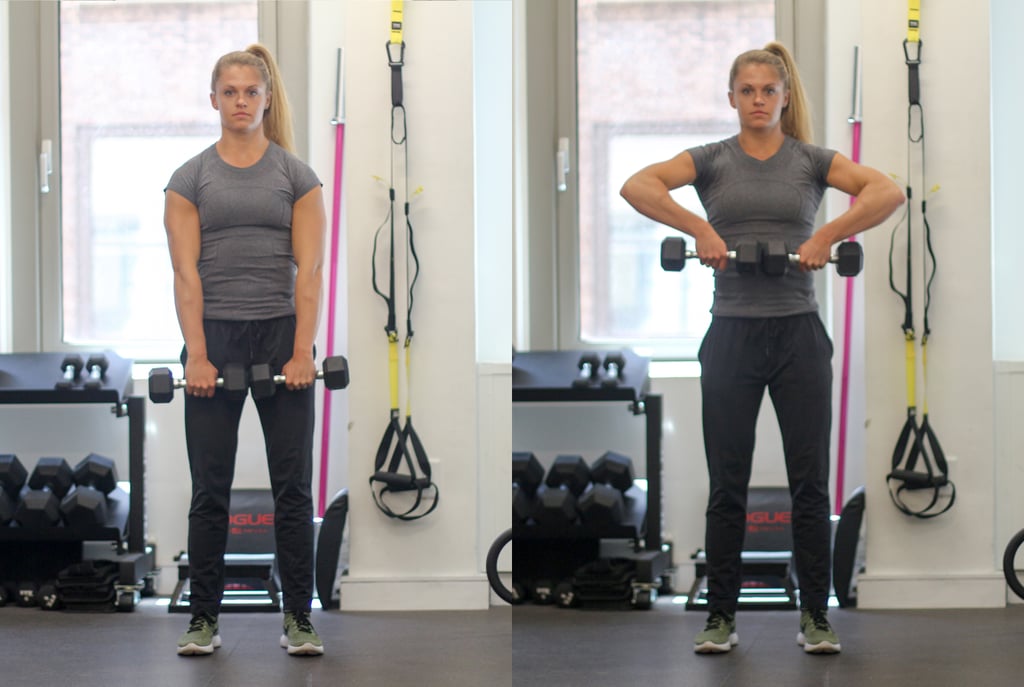
The high pull is a compound exercise that targets multiple muscle groups in the body. It is an Olympic weightlifting movement that involves lifting a barbell from the floor to the shoulders in a single explosive movement. The high pull is an excellent exercise for building strength, power, and explosiveness.
Muscles Worked During High Pulls

The high pull is a complex exercise that targets a variety of muscle groups in the body. Some of the primary muscle groups worked during high pulls include:
1. Trapezius Muscles

The trapezius muscles are large muscles that run along the back of the neck and down the spine. They are responsible for moving and stabilizing the shoulder blades during the high pull movement.
2. Deltoid Muscles

The deltoid muscles are the large muscles that cover the shoulders. They help to lift the weight during the high pull movement and stabilize the shoulders.
3. Biceps Muscles

The biceps muscles are located in the front of the upper arm. They help to lift the weight during the high pull movement.
4. Gluteal Muscles

The gluteal muscles, also known as the buttocks, are responsible for extending the hips during the high pull movement.
5. Hamstring Muscles

The hamstring muscles are located in the back of the thigh. They help to extend the hips and knees during the high pull movement.
6. Quadriceps Muscles

The quadriceps muscles, located in the front of the thigh, help to extend the knees during the high pull movement.
How to Perform High Pulls

To perform high pulls, follow these steps:
1. Set up the Barbell
Stand with your feet shoulder-width apart and the barbell on the floor in front of you. Grip the bar with an overhand grip, hands slightly wider than shoulder-width apart.
2. Begin the Movement
Lift the bar off the floor by extending your hips and knees. As the bar passes your knees, explosively shrug your shoulders and pull the bar up to your shoulders.
3. Lower the Bar
Lower the bar back down to the floor in a controlled manner, keeping your back straight and your core tight.
Benefits of High Pulls

High pulls are a highly effective exercise for building strength, power, and explosiveness. Some of the benefits of high pulls include:
1. Increased Muscle Mass
High pulls target a variety of muscle groups in the body, which can lead to increased muscle mass over time.
2. Improved Athletic Performance
The explosive nature of high pulls makes them an excellent exercise for improving athletic performance, especially in sports that require explosive movements like sprinting, jumping, and throwing.
3. Increased Power and Strength
High pulls are a highly effective exercise for building power and strength in the muscles worked during the movement.
4. Improved Posture
High pulls can help to improve posture by strengthening the muscles of the upper back and shoulders.
Conclusion
High pulls are a highly effective exercise for building strength, power, and explosiveness. They target a variety of muscle groups in the body, including the trapezius muscles, deltoid muscles, biceps muscles, gluteal muscles, hamstring muscles, and quadriceps muscles. By performing high pulls on a regular basis, you can improve your athletic performance, increase muscle mass, and improve your overall strength and power.